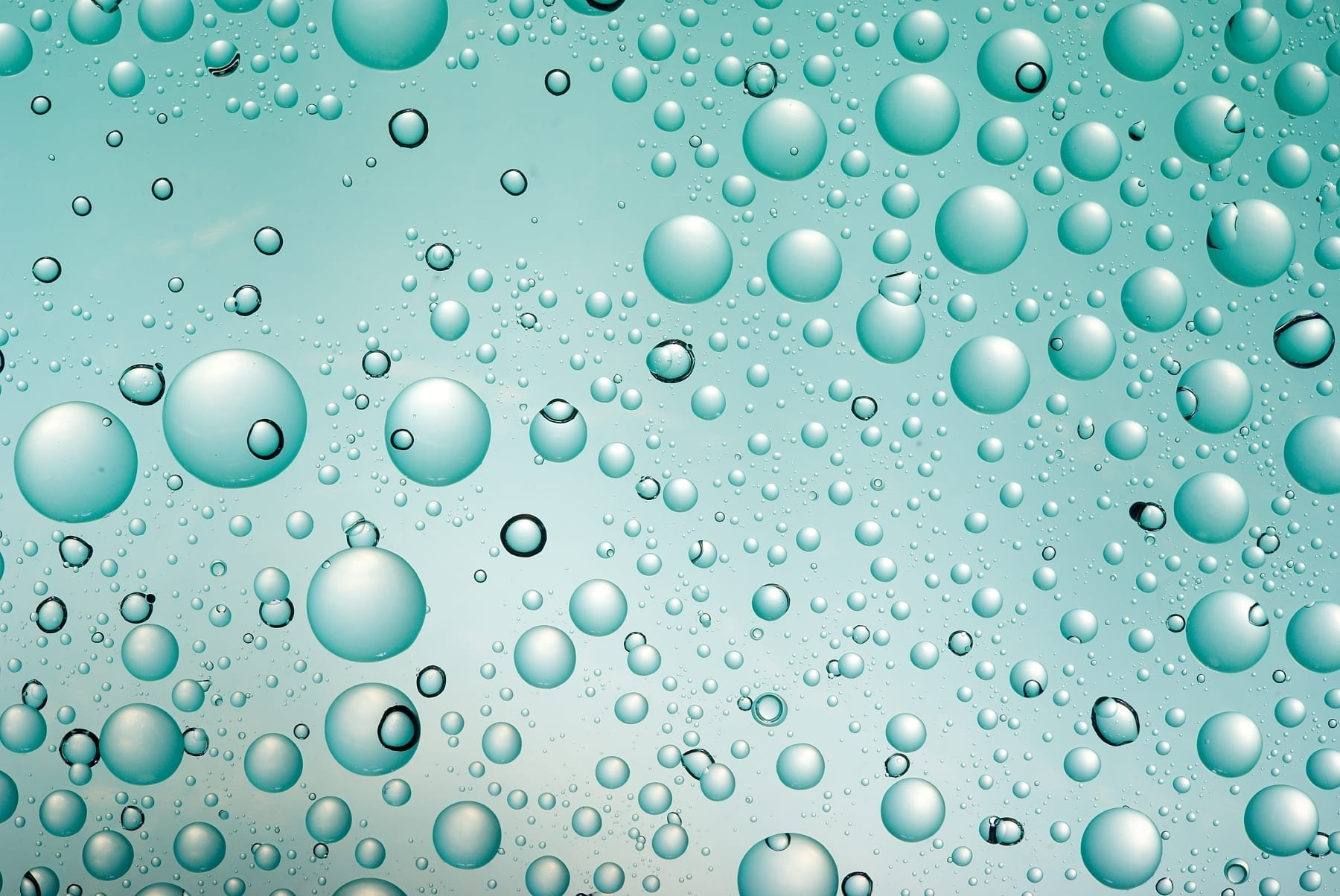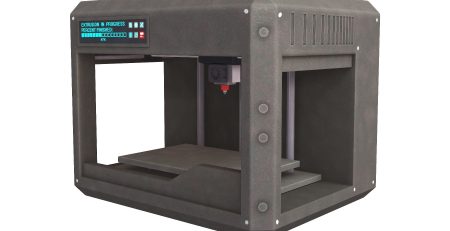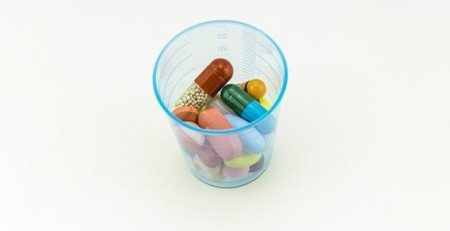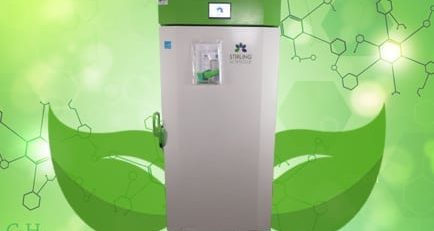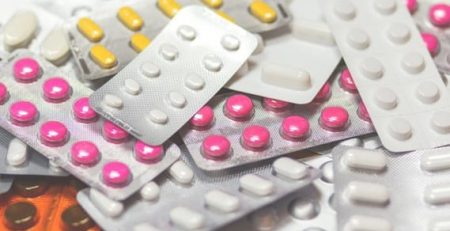The Biomedical Applications of Surface Tension
What if you were able to instantly detect a disease in someone’s blood, simply by the way it beaded on a surface?
According to a recent paper published in Lab on a Chip, a research team led by Arun Kota of Colorado State University’s Department of Mechanical Engineering and the School of Biomedical Engineering, that could be just one application of their innovative coating property, superoniphobicity.
A surface treated with a thin film of titanium dioxide is manipulated in various spots with different durations of UV light, altering the surface chemistry. These alterations create what looks like a field of wild flowers when looked at with an electron microscope. And it’s these nanoflowers that create a surface that’s tunable, turning up or down how well it repels liquid.
What results is a surface, when placed on a slight incline, that can sort droplets of liquid based on their surface tension. Applications for this simple design could range from point of care diagnostic tools, to systems that sort between different chemicals, or healthy blood from diseased blood.
“But we’re engineers, so we need applications that can translate commercially,” Kota said. “The dream is to create superomniphobic surfaces that are mechanically durable. People can make interesting surfaces, but the problem is that some aren’t very durable. If you can make something but it doesn’t last, who cares?”
You can read more about the Innovation here.




